Reporting Data

What are the most common ESG reporting frameworks used by companies ?
The Global Reporting Initiative (GRI) is a widely used sustainability reporting framework that provides a standardized approach for companies to report on their economic, environmental, and social performance. The GRI consists of several standards, including those related to disclosure principles, management approach, economic performance, environmental performance, social performance, governance, non-financial information disclosure, reporting principles, boundaries, guidelines, content, quality, frequency, language, format, timeframe, period, entities, scope, limitations, assurance, certification, training, tools, collaboration, innovation, stakeholder engagement, data quality, impact assessment, risk management, performance indicators, materiality analysis, and stakeholder engagement process. These standards help organizations prepare high-quality GRI reports that are accurate, reliable, and consistent across different organizations and sectors.
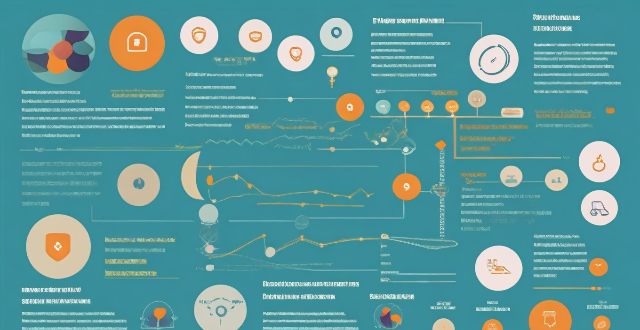
How does TCFD differ from other sustainability reporting frameworks ?
The Task Force on Climate-related Financial Disclosures (TCFD) is a unique sustainability reporting framework that focuses specifically on the financial risks and opportunities associated with climate change. It differs from other frameworks such as the Global Reporting Initiative (GRI) and the Sustainability Accounting Standards Board (SASB) in several key ways, including its exclusive focus on climate change, emphasis on financial implications, stakeholder engagement, specific recommendations for reporting, and integration with financial reporting. TCFD's approach helps companies effectively communicate their climate-related financial risks and opportunities, making it a valuable tool for navigating the complexities of climate change and its potential impact on their bottom line.

What role does technology play in improving environmental monitoring ?
Technology plays a pivotal role in enhancing environmental monitoring by enabling advanced data collection, analysis, visualization, reporting, and conservation efforts. Satellite imagery, drone surveillance, sensor networks, big data analytics, GIS, real-time reporting systems, and early warning technologies are among the key tools used. These advancements not only improve our understanding of environmental changes but also aid in managing resources and raising public awareness about ecological issues.
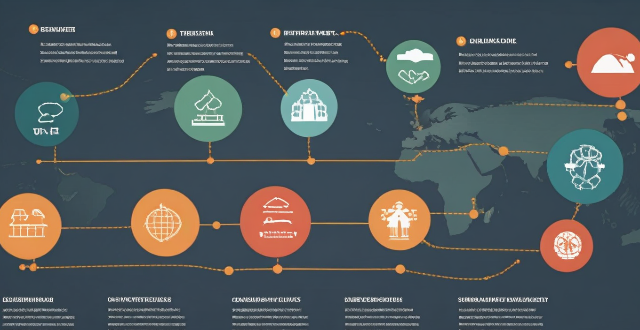
How does TCFD align with other global reporting initiatives like the Global Reporting Initiative (GRI) ?
The Task Force on Climate-related Financial Disclosures (TCFD) and the Global Reporting Initiative (GRI) are two global sustainability reporting frameworks that share several key points of alignment. Both provide guidelines for companies to report on their sustainability performance, with TCFD focusing specifically on climate-related financial disclosures and GRI covering a broader range of sustainability issues. They also emphasize the importance of materiality assessment, stakeholder engagement, risk management, and climate change disclosures in determining which aspects are most relevant to an organization's business model and strategy. By following both frameworks, companies can provide a more comprehensive picture of their sustainability performance and demonstrate their commitment to addressing climate change and other sustainability issues.

What ethical considerations should be taken into account when reporting on athletes' personal lives ?
The text discusses ethical considerations in reporting athletes' personal lives, emphasizing respect for privacy, accuracy and fairness, consent and participation, handling sensitive topics with care, public interest, age and maturity, cultural sensitivity, and aftermath support. It suggests that journalists should avoid intrusion, verify information, ask for permission, handle sensitive topics with care, consider age and maturity, recognize cultural differences, provide resources for support, and follow up responsibly. The text concludes that reporting on athletes' personal lives requires a nuanced approach that prioritizes ethics over sensationalism to maintain integrity while informing the public about the human aspects of sports figures they admire.

What are the rules regarding data breaches under data protection regulations ?
Data protection regulations have been established to ensure the confidentiality, integrity, and availability of personal data. These regulations set out specific rules regarding data breaches that must be followed by organizations that handle personal data. The key rules regarding data breaches under data protection regulations include notification of data breaches, mitigating their impact, record-keeping and reporting, penalties for non-compliance, and best practices for preventing data breaches. By adhering to these rules and implementing best practices, organizations can reduce the risk of data breaches and protect individuals' personal data.

How do we analyze the data collected from environmental monitoring ?
Analyzing data from environmental monitoring involves several steps, including data cleaning, descriptive analysis, inferential statistics, time series and spatial analyses, multivariate techniques, and reporting findings. These steps help understand the current state of the environment and identify potential issues.

How does TCFD affect corporate reporting ?
The Task Force on Climate-related Financial Disclosures (TCFD) has significantly impacted corporate reporting by requiring enhanced disclosure of climate-related risks and opportunities. Companies must identify, assess, and manage these risks, including through scenario analysis and governance processes. They also need to disclose how climate change affects their business model and strategy, as well as the alignment of their portfolio with a low-carbon transition. Operational performance metrics such as emissions data and energy use must be reported, along with information on positive impacts and innovation related to climate action. Overall, the TCFD guidelines aim to promote transparency and encourage companies to integrate sustainability into their financial decision-making processes.

Can you explain the concept of 'data minimization' in data protection laws ?
Data minimization is a crucial principle in data protection laws that requires organizations to collect and process only the minimum amount of personal data necessary for specified, explicit, and legitimate purposes. This concept aims to protect individuals' privacy by limiting the potential harm that can result from the misuse or breach of their personal information. Key aspects of data minimization include collection limitation, purpose specification, data retention, data security, and accountability and transparency. Implementing robust security measures is crucial to ensure the confidentiality, integrity, and availability of personal data. Adhering to data minimization principles helps organizations comply with various data protection laws, fosters trust between individuals and organizations, reduces the risk of privacy breaches and violations, mitigates potential damage caused by cyberattacks or data breaches, and leads to cost savings for organizations due to reduced storage requirements and associated management costs.

What are the best practices for businesses to report on their environmental impact as part of their CSR initiatives ?
Reporting on environmental impact is crucial for businesses as part of their CSR initiatives. Best practices include setting clear objectives and goals, collecting relevant data, analyzing environmental footprint, developing an action plan, communicating findings, encouraging stakeholder engagement, and continuously improving the reporting process. By following these steps, businesses can demonstrate their commitment to sustainability and transparency while providing valuable information to stakeholders about their environmental performance.

How does data analysis contribute to injury prevention in sports ?
Data analysis is a powerful tool for preventing injuries in sports. By identifying risk factors, developing prevention strategies, implementing surveillance systems, evaluating intervention effectiveness, and educating athletes and coaches, data-driven approaches can significantly reduce the likelihood of injuries. This not only protects athletes' health but also improves their performance.

What is data privacy ?
Data privacy is the protection of personal information from unauthorized use. It's important for individual rights, building trust, legal compliance, and risk mitigation. Principles include data minimization, anonymization, encryption, transparency, consent, access control, retention, integrity, and accountability. Best practices involve regular audits, employee training, updating policies, secure systems, and response plans for data breaches.

How can businesses measure and report their environmental performance throughout their supply chains ?
Measuring and reporting environmental performance in supply chains involves setting clear objectives, conducting a baseline assessment, developing an action plan, implementing and monitoring progress, and reporting performance transparently. Adopting standardized metrics, engaging stakeholders, and continuously improving are best practices to effectively manage environmental impact throughout the supply chain.

How does data encryption affect computer performance ?
Data encryption is crucial for securing data but can affect computer performance by increasing processor load, memory usage, disk I/O, network latency, and reducing battery life.
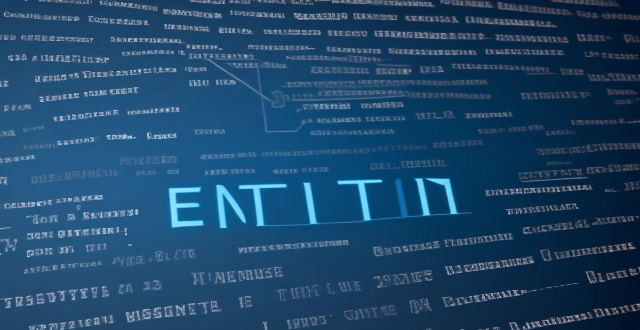
Why is data encryption important for online security ?
Data encryption is crucial for online security, protecting dataData encryption is crucial for online security, protecting data the financial impact of breaches It has evolved from ancient uses to a critical tool in today's digital landscape, with AI optimizing key management and enhancing algorithms.
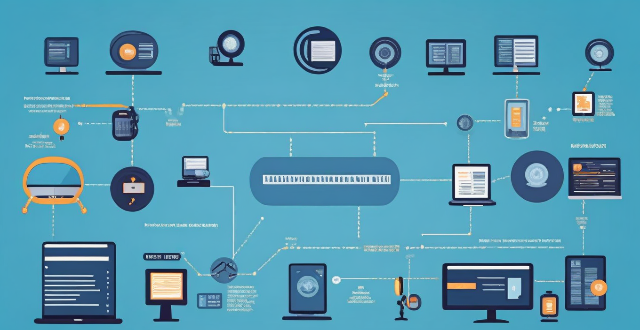
What are the benefits of having an unlimited data plan ?
An unlimited data plan offers benefits such as no data caps or overage charges, the ability to stream videos and music without worrying about data usage, using multiple devices simultaneously, working from anywhere, enjoying online gaming and social media, and better value for money.

How do data protection regulations handle sensitive personal data ?
Handling sensitive personal data under data protection regulations requires strict adherence to principles such as consent, minimization, purpose limitation, and security. Regulations like the GDPR in the EU, CCPA in the US, and PIPEDA in Canada impose specific conditions for processing sensitive information. Organizations must adopt best practices including assessment, privacy impact assessments, employee training, access controls, and monitoring to ensure compliance and protect individuals' privacy rights.
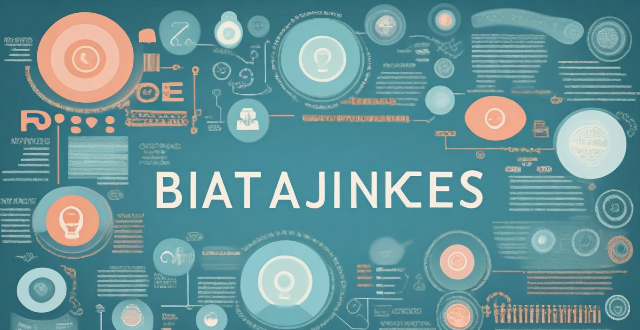
What is the difference between data privacy and data protection ?
The text discusses the difference between data privacy and data protection, emphasizing that understanding these concepts is crucial for managing personal information responsibly. Data privacy focuses on individual rights to control personal information, while data protection emphasizes organizational measures to safeguard that information. Both are essential for building trust and ensuring responsible data handling.

What impact has electronic health records had on the efficiency of medical practices ?
Electronic health records (EHRs) have revolutionized the healthcare industry by providing a digital platform for storing, managing, and exchanging patient information. This has led to significant improvements in the efficiency of medical practices. In this article, we will discuss the various ways in which EHRs have impacted the efficiency of medical practices. Benefits of Electronic Health Records: - Improved accessibility with faster retrieval and remote access - Enhanced communication through secure messaging and patient portals - Streamlined workflow with automated tasks and reduced paperwork - Improved quality of care with error reduction and clinical decision support - Data analysis and reporting simplified by data mining and regulatory compliance Challenges Faced with Electronic Health Records: - High implementation costs and staff training requirements - Interoperability issues and data exchange challenges - Security concerns related to data breaches and privacy protection In conclusion, electronic health records have had a significant impact on the efficiency of medical practices by improving accessibility, enhancing communication, streamlining workflow, improving quality of care, and simplifying data analysis and reporting. However, challenges such as cost, training, interoperability issues, and security concerns must be addressed to fully realize the potential benefits of EHRs in healthcare settings.

What role do data protection officers play under data protection laws ?
Data protection officers (DPOs) are crucial for ensuring compliance with data protection laws in organizations. They advise on compliance, develop policies, ensure adherence to regulations, educate stakeholders, and act as a point of contact for personal data requests.

How can we measure progress towards achieving the Sustainable Development Goals ?
The text discusses the importance of measuring progress towards achieving the Sustainable Development Goals (SDGs) set by the United Nations in 2015. It outlines seven key steps to effectively monitor and evaluate this progress: establishing baseline data, tracking specific indicators, reporting and reviewing progress, utilizing technology, engaging stakeholders, addressing data gaps, and ensuring transparency and accountability. Each step includes a detailed explanation of methods and strategies to implement it successfully. The goal is to provide a structured approach for countries and organizations to assess their performance in meeting the ambitious objectives aimed at tackling global challenges such as poverty, inequality, and environmental degradation.

Can data encryption prevent data breaches and cyber attacks ?
Data encryption is a crucial security measure that can significantly reduce the risk of data breaches and cyber attacks by converting plain text into an unreadable format. However, it does not completely eliminate the risk of data breaches and cyber attacks. Encryption works through complex algorithms to scramble data so that it appears as random characters, requiring a secret key (or password) to decrypt the data back into its original form. There are two main types of encryption: symmetric and asymmetric. While encryption offers benefits such as confidentiality, integrity, authentication, and non-repudiation, it also has limitations including key management challenges, performance overhead, compatibility issues, human error, and advanced persistent threats (APTs). Therefore, organizations should implement other security measures such as firewalls, intrusion detection systems, regular security audits, and employee training programs to minimize the risk of cyber threats.
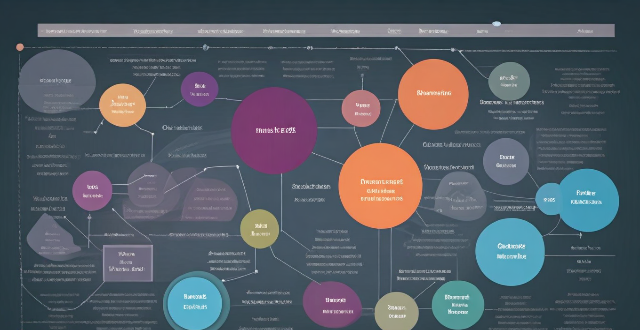
How do unlimited data plans differ from traditional data plans ?
Data plans are essential for internet usage, with unlimited and traditional data plans being the main types. Unlimited plans offer no data limits, predictable costs, and suit heavy users, while traditional plans have data limits, variable costs, and suit light users. The key differences include data limits, cost, and usage scenarios. Choosing the right plan depends on individual needs and usage patterns.

What is data encryption and how does it work ?
Data encryption is a crucial cybersecurity measure that transforms plaintext into ciphertext, protecting it from unauthorized access. It involves the use of complex algorithms and secret decryption keys. Encryption is significant for securing data at rest, in transit, and during processing, helping meet compliance requirements and reducing financial risks associated with data breaches. Its evolution includes historical precursors and wartime innovations, with AI expected to enhance its capabilities in the future.

What happens to my data during an iPhone repair ?
When you send your iPhone for repair, the repair center will take several steps to protect your data, including diagnostics, backup, data protection, testing, verification, and return of your device.
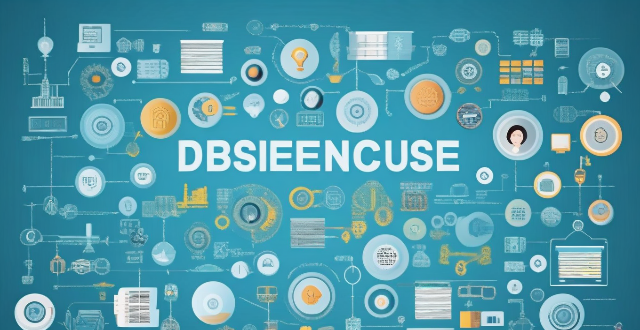
What are the consequences of a data breach ?
This text discusses the consequences of a data breach, including financial losses, loss of trust, reputation damage, and regulatory fines. It also highlights the long-term impact on business, legal implications, and personal impact such as identity theft and emotional distress. The text suggests mitigating measures such as implementing strong security measures, training employees, having a response plan, regularly updating systems, limiting access to sensitive data, backing up data, and insuring against data breaches.

Why is data privacy important ?
Data privacy is crucial in the digital age, protecting individuals and benefiting organizations. It ensures control over personal information, prevents misuse, and builds trust. Organizations mitigate risks, gain customer loyalty, and comply with laws by prioritizing data privacy. Key principles include transparency, individual control, data minimization, and security measures. Data privacy will continue to shape the relationship between individuals and technology, balancing innovation and privacy rights.

Can blockchain technology improve data security and privacy ?
Blockchain technology has been touted as a revolutionary tool that can improve data security and privacy. Its decentralized nature, encryption, and transparency make it difficult for attackers to compromise the network. Additionally, its anonymity, control over personal data, and smart contracts enhance privacy by giving individuals more control over their information.

What role does media coverage play in shaping public opinion on climate skepticism ?
The text discusses the role of media coverage in shaping public opinion on climate change and climate skepticism. It highlights the influence of biased reporting, sensationalism, balanced coverage, source credibility, and audience perception on how individuals form their beliefs and attitudes towards these issues. The text emphasizes the importance of accurate, balanced, and transparent reporting by media outlets to ensure that the public is well-informed and able to make informed decisions based on evidence.

Do unlimited data plans really provide unrestricted internet access ?
Unlimited data plans are marketed as offering unrestricted internet access, but there are often limitations in practice. These include network management practices during peak hours, fair use policies that may reduce speeds for excessive usage, and throttling after reaching certain data thresholds. Additionally, coverage areas and hidden costs can also impact the user experience. It's important to understand the specific terms of your plan before assuming you'll have completely unfettered access.